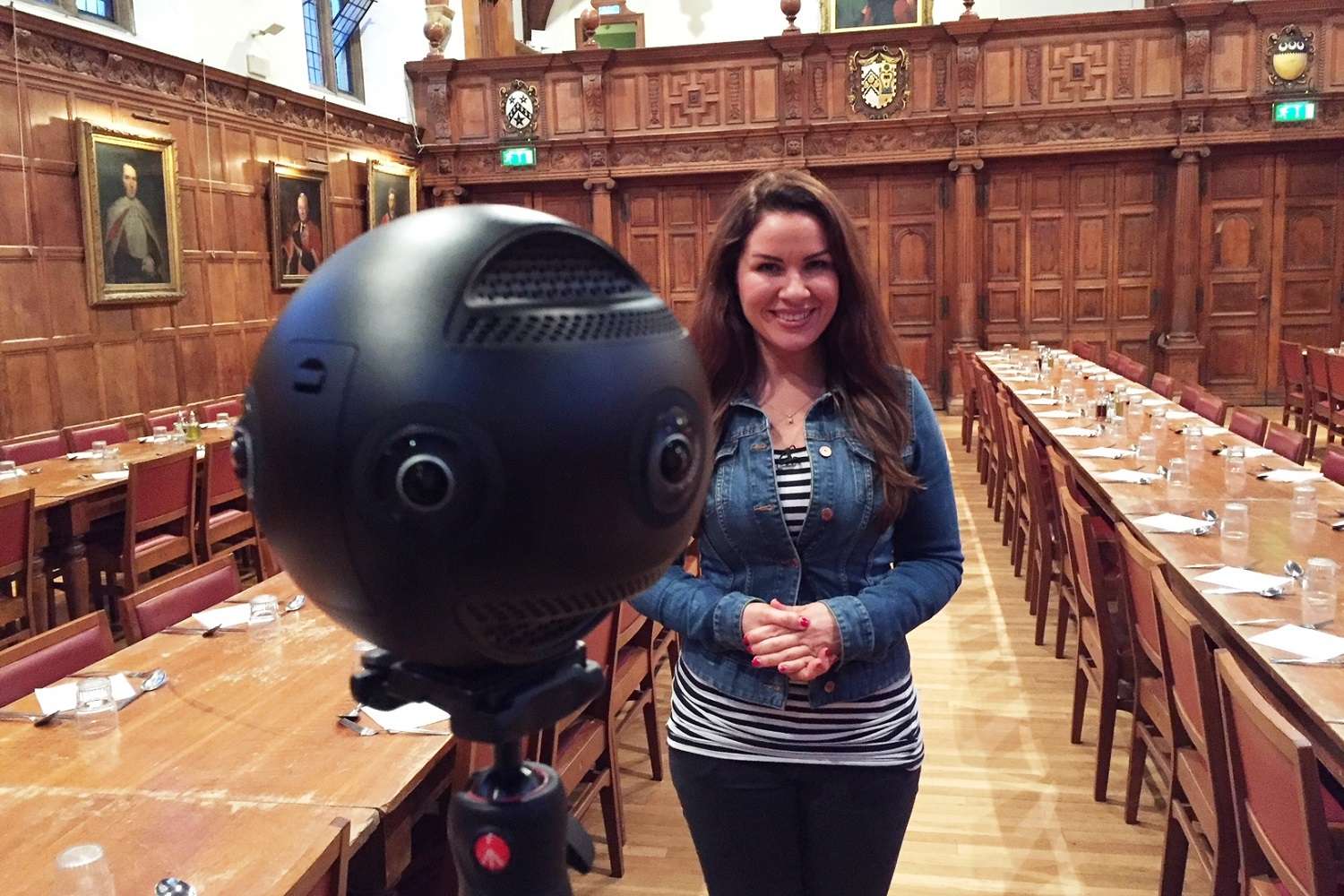As the days start to get longer, it gives us seasoned creative types even more daylight hours to mull over the enormous upheaval our industry has seen in recent years. Seismic changes are still rippling through the agency world. Multinational management consultancies are lining up to steal territory from ‘creative’ outfits. And traditional means of agency income are being commoditised into extinction.
It’s against this background, of course, that Mobas has stolen a march on competitors with a bold reinvention and repositioning that is much more relevant to the demands of today’s clients. In my view, it’s also time for those of us on the creative floor to redefine what it means to be ‘creative’ in an agency context.
After all, Generation Z is giving us more than enough notice that part of the game is up. These post-millennials have grown up using stock library imagery – once the preserve of ‘creative’ agencies – for their school work, memes and posts. So they can spot the fake emotion of ‘creative’ marketing a mile off. And they reject it at a stroke. They do their own research online, they make their own decisions, and they rely on their own peer-to-peer recommendations.
What they don’t rely on is commercial messaging through advertising, social media, websites and other shared space. What they do want is direct, authentic relationships with brands. And here, the accent is on direct. Globally, direct messaging is outstripping social media. (Oracle counts 4.1b users of messaging apps, against 2.9b users of social media networks.)
The direct implication is, of course, that consumers will increasingly swerve the brand websites, media space and apps you invest in – and choose instead to engage with you on their terms through a direct medium of their choosing.
This is where the brand conversation will take place, and it is here the opportunity lies for agencies who want to flex their creative muscles.
The new creativity will be in the first-person conversation between you – the brand – and the consumer. The same principles of strategic planning will apply, but the ‘deliverable’ will be the conversation itself, not the piece of artwork, the ‘about us’ section, or the 30 second spot used as a selling medium.
Strategic planning will deliver brand essence that is bold enough to inform a brand personality that can be brought to life through brand voice. It, in turn, will drive cradle-to-grave direct relationships that are constantly on brand but that can surprise, reassure, delight, excite and motivate. And that’s where the creativity comes in.
I’ve used the future tense for the description above, but the reality is already present tense. Brand voice is a key output from the Mobas strategic process, and we are using it to inform much of our work in brand transformation for clients. And with the exciting emergence of artificial intelligence, we’re working to infuse chatbot platforms with engaging, motivating brand personality. Watch this space: the creative conversation will continue.
